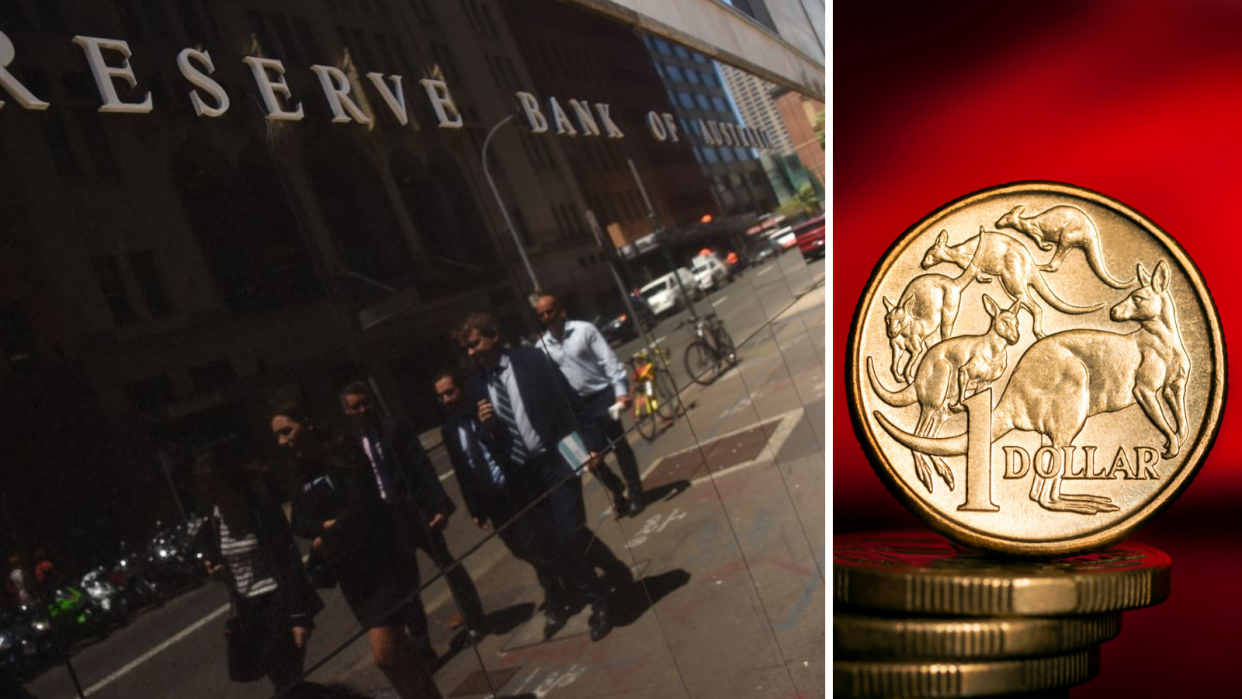Is an RBA cash rate hike imminent?

The Reserve Bank of Australia has kept the cash rate on hold at a record 1.5 per cent since August 2016. Some experts believe there is a 50 per cent change of an interest rate cut in 2019, but not everyone holds that view.
Is a cash rate increase really on the horizon?
Ian Harper, one of nine policy-setters on the RBA Board, thinks so.
He expects the next cash rate move will be higher.
“The domestic economy, everything I’ve seen, shows that it is still strong,” Harper said in an interview with the Wall Street Journal (WSJ).
“So long as jobs growth is strong and unemployment is low, then fears about some sort of collapse in consumption, or inability to be able to pay bills, really have to be put way down the list” [of policy concerns],” he said.
“So long as jobs growth is strong and unemployment is low, then fears about some sort of collapse in consumption, or inability to be able to pay bills, really have to be put way down the list” [of policy concerns].”
Harper told the WSJ that his personal view is that the next move in interest rates will be upward, echoing public statements from the RBA late last year.
But some believe his remarks could be an attempt to reduce growing market expectations that the next move in the cash rate will be lower ahead of the a slew of RBA statements due to be released in the next week.
RBA’s December-quarter inflation data, is due to be released today. Inflation is widely expected to fall well short of the RBA’s target range largely because of the sudden and sharp drop in petrol prices. Economists have predicted CPI of 1.7%.
Meanwhile, the RBA Governor Phillip Lowe is giving a speech at the National Press Club next week, no doubt to recast the RBA’s view on the economy and to present its up-to-date thinking on monetary policy. This will include whether it still reckons the next move in official interest rates “is likely to be up”.
Some economists stand firm with the hold prediction
Westpac chief economist Bill Evans told Business Insider Australia that the Australian economy is a huge indicator of how the rate movement will play out in the coming months.
While RBA is projecting above-trend growth, he foresees the opposite, with the Australian GDP slowing to below trend, unemployment rising, and the underlying inflation remaining stuck.
“If we thought the RBA was likely to lower its growth forecasts in 2019 and 2020 to 2.5% or less, then we would certainly expect it to adopt an easing bias,” he said, arguing that the central bank will likely make modest revisions to its growth forecasts.
Is another CUT still on the cards?
While some expect a hike in the official interest rate this year, the market still appears to be in agreement that there is still up to a 50 per cent chance that the RBA could indeed cut the official interest rate in 2019, bringing it to a new record low of 1.25 per cent.
Industry analyst Clancy Yeates told The Sydney Morning Herald that some market watchers have been sceptical about RBA’s optimistic insight on Australia’s economy given the uncertainties outside the country.
“Overseas, the world economy’s growth prospects appeared to take a hit from the trade tensions between the United States and China, while the Brexit mess is yet another cloud on the economic horizon,” he said.
“The RBA will be cutting the official rates twice this year — once in August and again in November, bringing the cash rate to 1% by the end of the year.”
Also, the financial markets in the US are betting that the Federal Reserve will put a lid on interest-rate rises this year, a fact which Yeates said could have influenced the view on RBA’s next move.
Likewise, AMP Capital’s chief economist Shane Oliver told Business Insider the RBA would have no choice but to cut interest rates further due to the housing downturn’s impact on the economy.
“The housing downturn will affect the broader economy via slowing dwelling construction, negative wealth effects on consumer spending and if rising defaults drive a further slowing in bank lending. The first two will detract 1 to 1.5 percentage points from economic growth,” he said.
Oliver believes that to help boost Australia’s economic resilience, the RBA will be cutting the official rates twice this year — once in August and again in November, bringing the cash rate to 1% by the end of the year.
Make your money work with Yahoo Finance’s daily newsletter. Sign up here and stay on top of the latest money, news and tech news.
Now read: BREAKING: Theresa May wins MPs’ backing to renegotiate Brexit deal
Now read: 5 property predictions guaranteed to happen in 2019
Now read: Buyers exploit Opal Tower fallout, offering as little as HALF for nearby apartments



